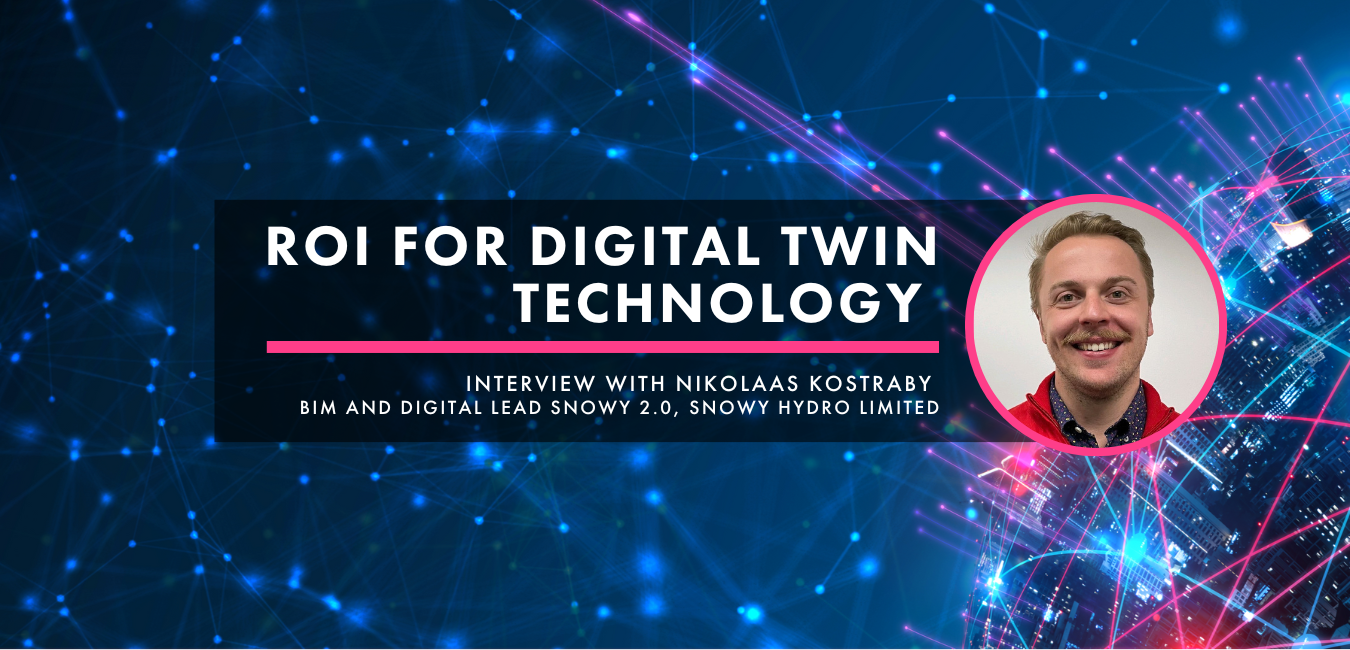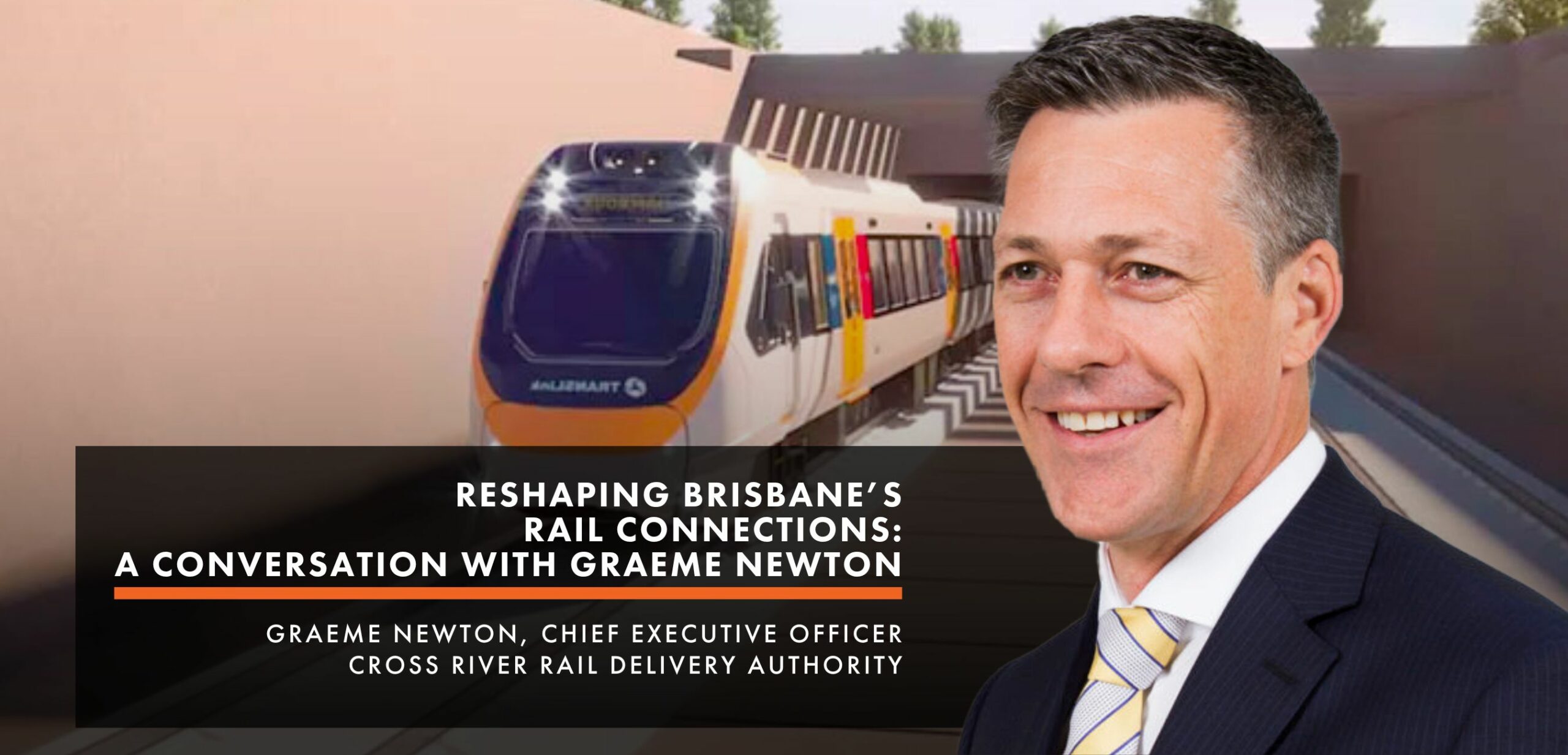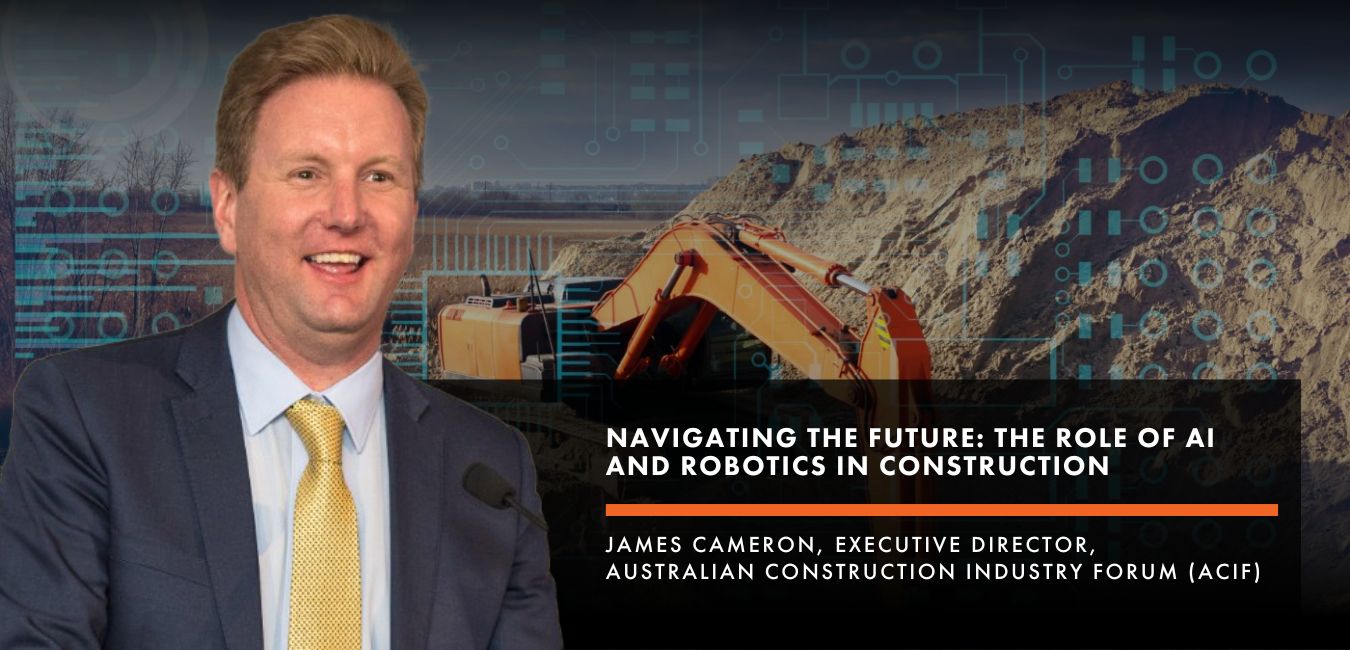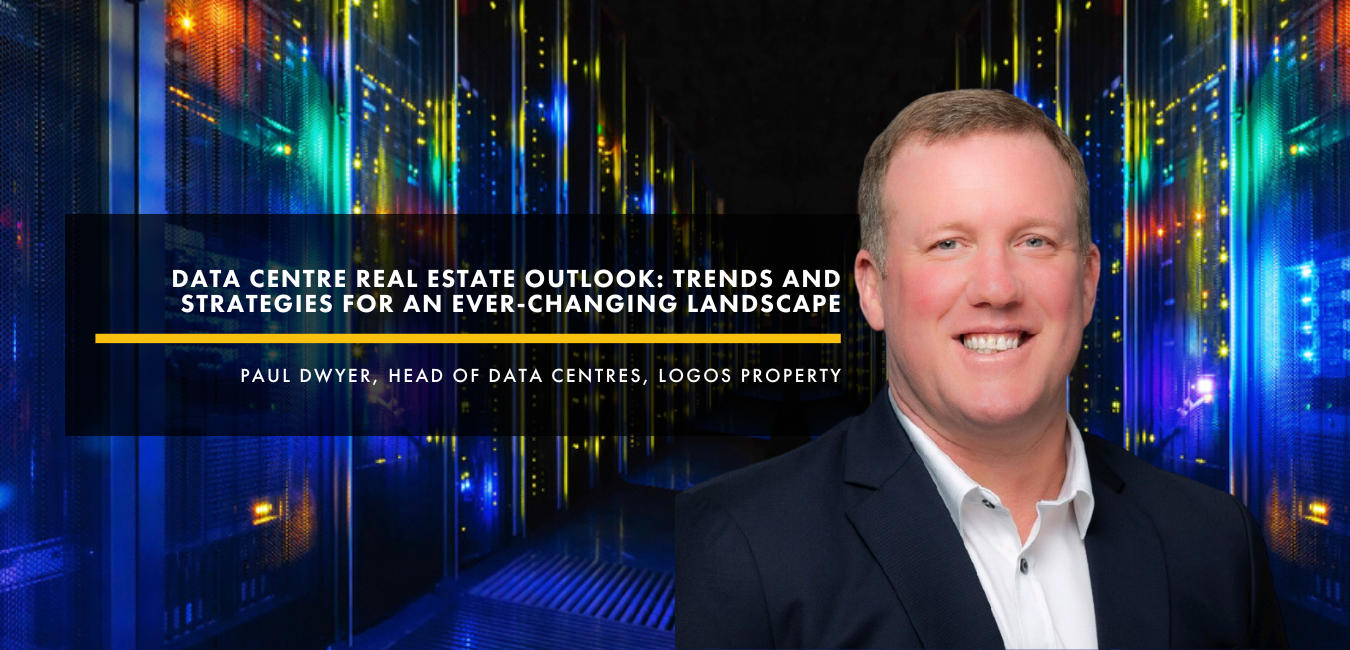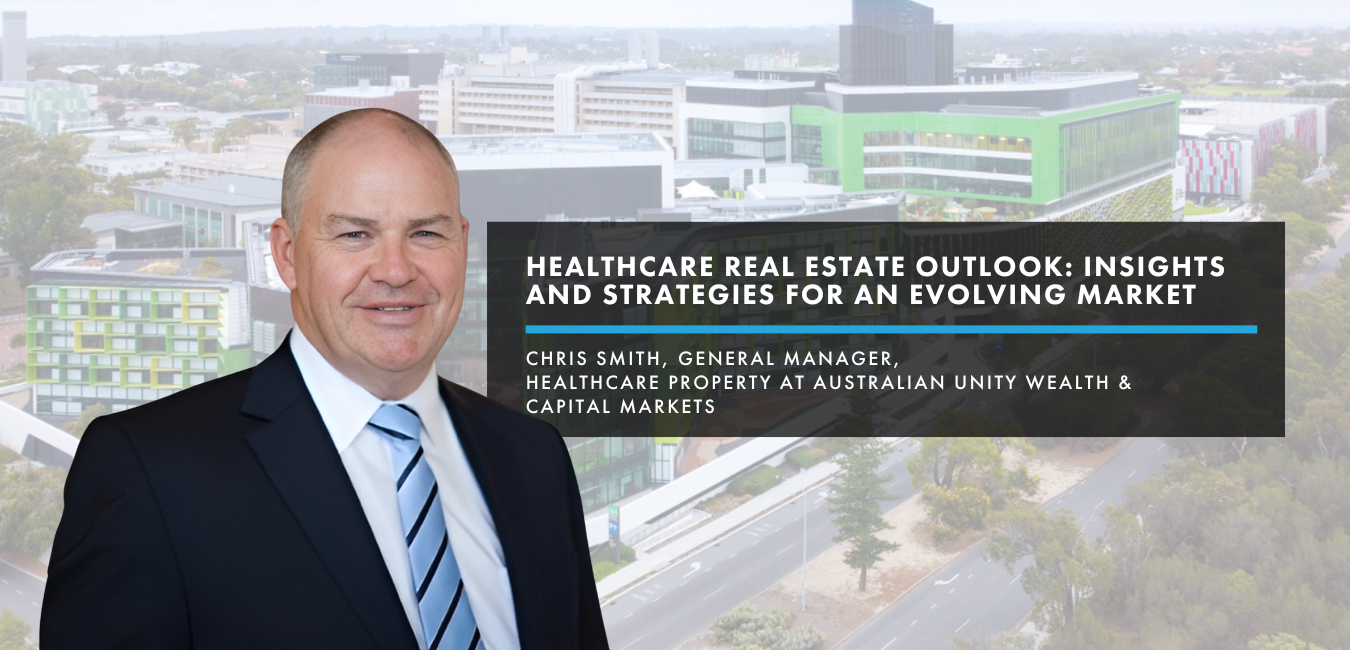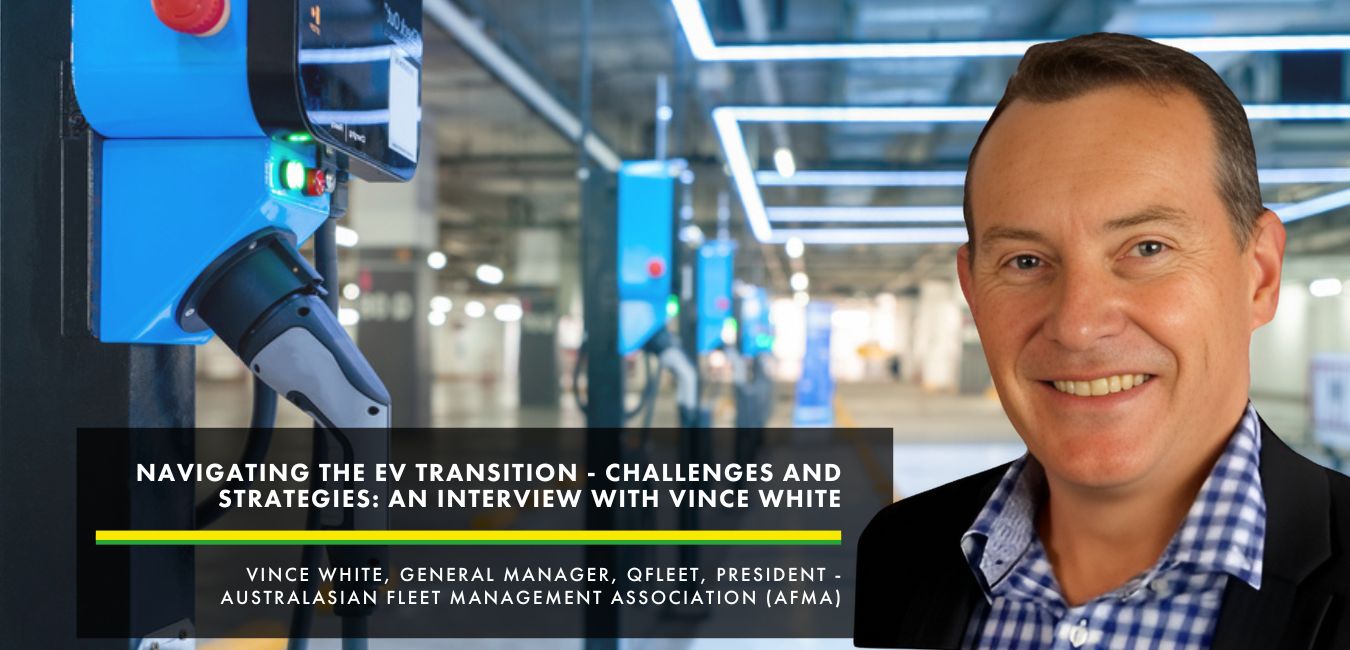ROI for Digital Twin Technology.
Nikolaas Kostraby is a distinguished geospatial and digital scientist with extensive experience across geospatial and digital engineering technologies, utilising cross-sector knowledge to support and drive key project and organisational outcomes. This has seen his work across multiple states and cities around Australia. Nikolaas is the BIM and Digital Lead for the Snowy 2.0 project at Snowy Hydro Limited. We had an opportunity to discuss digital twin technology and the potential return on investment for its use in real estate, keep reading to find out more!
FuturePlace: Can you describe your role at Snowy Hydro Limited?
Nikolaas Kostraby: I’m responsible for the digital disciplines on Snowy 2.0, which is the pumped hydro project. There are two parts of Snowy Hydro’s business: One maintains the existing Snowy Mountains Hydroelectric Scheme in the Snowy Mountains and Snowy 2.0 is the first big expansion of the scheme. I look after BIM (Building Information Modeling), GIS (Geographic Information Systems), Information Management, Surveying and Cyber Security.
FP: Can you briefly explain what Snowy 2.0 is and the initiatives behind it?
NK: The Snowy 2.0 project, which is currently under construction, is a major expansion of the Snowy Scheme, linking Tantangara and Talbingo reservoirs with tunnels and an underground pumped-hydro power station about 800m below the surface. Snowy 2.0 will provide on-demand energy generation and large-scale energy storage to increase the capacity of the existing Snowy system. Increasing Snowy’s capacity by about 50%, it’ll deliver 175 hours of energy storage to the National Electricity Market, which will be enough to power 3 million homes over the course of a week or 500,000 simultaneously. For reference, that’s 1/3rd of the population of New York. The unique thing about the project is that the power station will house six reversible pump-turbine and motor-generator units – three will be synchronous (fixed) speed and three will be asynchronous (variable) speed. Hydro-power will be generated by falling water spinning Snowy 2.0’s giant reversible turbines, which can also pump the water in the opposite direction. For me I am so excited about working on Australia’s largest renewable energy project.
FP: You began your professional career as a GIS Officer for Parks Victoria. What was an unexpected skill you honed in the role that continues to empower you at Snowy Hydro?
NK: My biggest takeaway from my experience at Parks Victoria was understanding the strengths of different disciplines. Large-scale projects, like Snowy 2.0, take more than engineers to build. It takes construction workers, accountants, digital engineers, project managers, communion experts and cost controllers to build large infrastructure. There are currently more than 2,000 people working on Snowy 2.0!
FP: What does your passion for geospatial science stem from?
NK: Well I’m not sure exactly where I got my passion for science, as my family work in the education sector. But I did get my tendency to put 100% in all that I do from my parents!
What geospatial provides for me is that while it’s a digital discipline, it provides a full spectrum of creativity. I’m quite a creative and innovative person and geospatial is a creative type of science. One day you could be doing something like developing visualisations such as maps or 3D models, but another day you’re solving a problem by utilising information to make multi-million dollar decisions quicker. It is this huge spectrum that keeps me interested.
FP: Digital twins often get conflated with digital models, but how is a digital twin more than a visual representation of a physical asset?
NK: Well “digital twins” is just as much of a buzzword as it is a concept as of late. But once you start to unwrap it, you begin to realise that the technology behind it is genuinely transformative. In my position, my task is to provide access to all types of information for people to consume including visualisation tools, dashboards, mobile apps etc. But I think what happens to a lot of people is that they see a pretty 3D model and they think “Oh, that’s all it is.” But digital twins can give different teams – whether environmental, construction or engineering – instant answers to questions that would’ve otherwise taken them weeks to solve. Once you go beyond that buzz of digital twins and see how people are applying the technology to their roles, you realise there are so many different ways digital twins transform how people do their roles and make decisions. If anything, digital twins allow teams to get more ambitious.
FP: How does digital twin technology enable cost-savings for operations and management?
NK: When you use a digital twin, you’re getting more information than ever before. However, where I see it’s true value is in its access, not just to information but access to technical people, even if they’re continents away. On Snowy 2.0, for example, you can have global experts from Paris, Germany, Austria and Cooma (which is in regional Australia), viewing the digital twin, designing it, talking about it, constructing inside of it and so on. This is just amazing! It’s giving us more access to world-class engineering and insights.
FP: When it comes to the built environment, how can digital twins assist with creating resilient infrastructure of the future?
NK: Digital Twins give us a portal to future scenarios that can better enable our decision-making strategy. Before we had digital twins, we used to, and sometimes still, go into the archive, find the drawing, the report, all that type of information and compile it. With digital twins, there’s only one source. And it will actually tell you a lot of what’s happening so you can better prepare for the continuation of the asset.
FP: You’ve said in the past that digital twins aren’t so much of a new technology but more of an evolutionary convergence of multiple disciplines. Would you care to elaborate?
NK: Sure. Digital twins, while they can be overwhelming to someone using them for the first time, are just a digital response to the same types of problems humans have struggled to solve for years. The twin’s digital spectrum demonstrates the kind of convergence between different disciplines. When I first started, I was accustomed to working in a little silo with other cartographers. With digital twins, the team I manage can now communicate with the survey team, and those people are communicating more effectively with, for example, the digital engineering team, and so on. Now I have all sorts of different teams talking to me about map projections and data transformations. And it’s just like, wow, like all these different disciplines, they’ve all come from different areas, but now we’re coming together thanks to digital twins.
2nd Annual Digital Built World Summit
Nikolaas will be speaking at the 2nd annual Digital Built World Summit, taking place on 22-23 February 2023. Asia-Pacific’s premier event for executives in the AEC, Smart City, Construction and Infrastructure space focused on improving digital business outcomes, including strategic innovation, connected assets, sustainable construction, user experience, and optimisation of capital planning for large assets.

